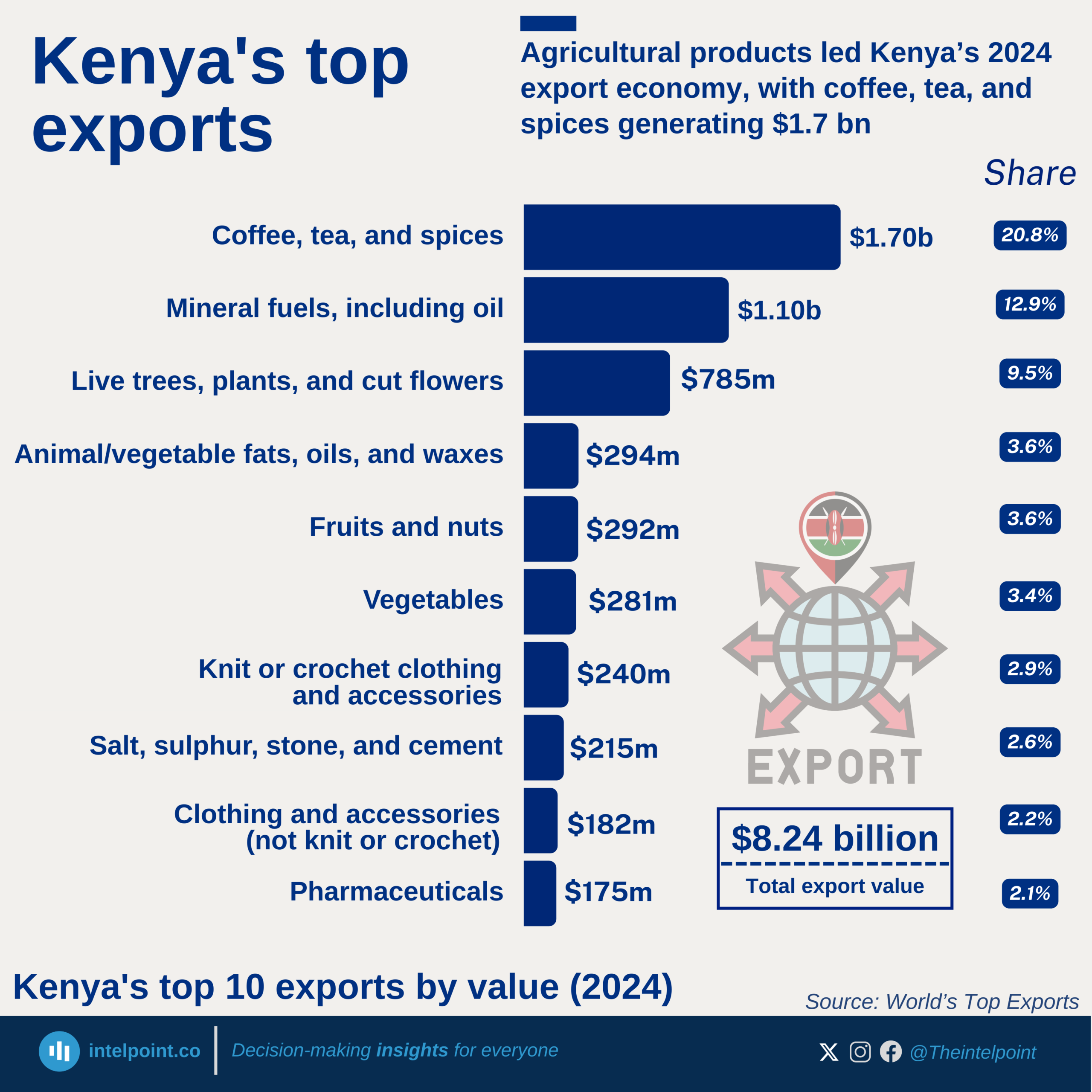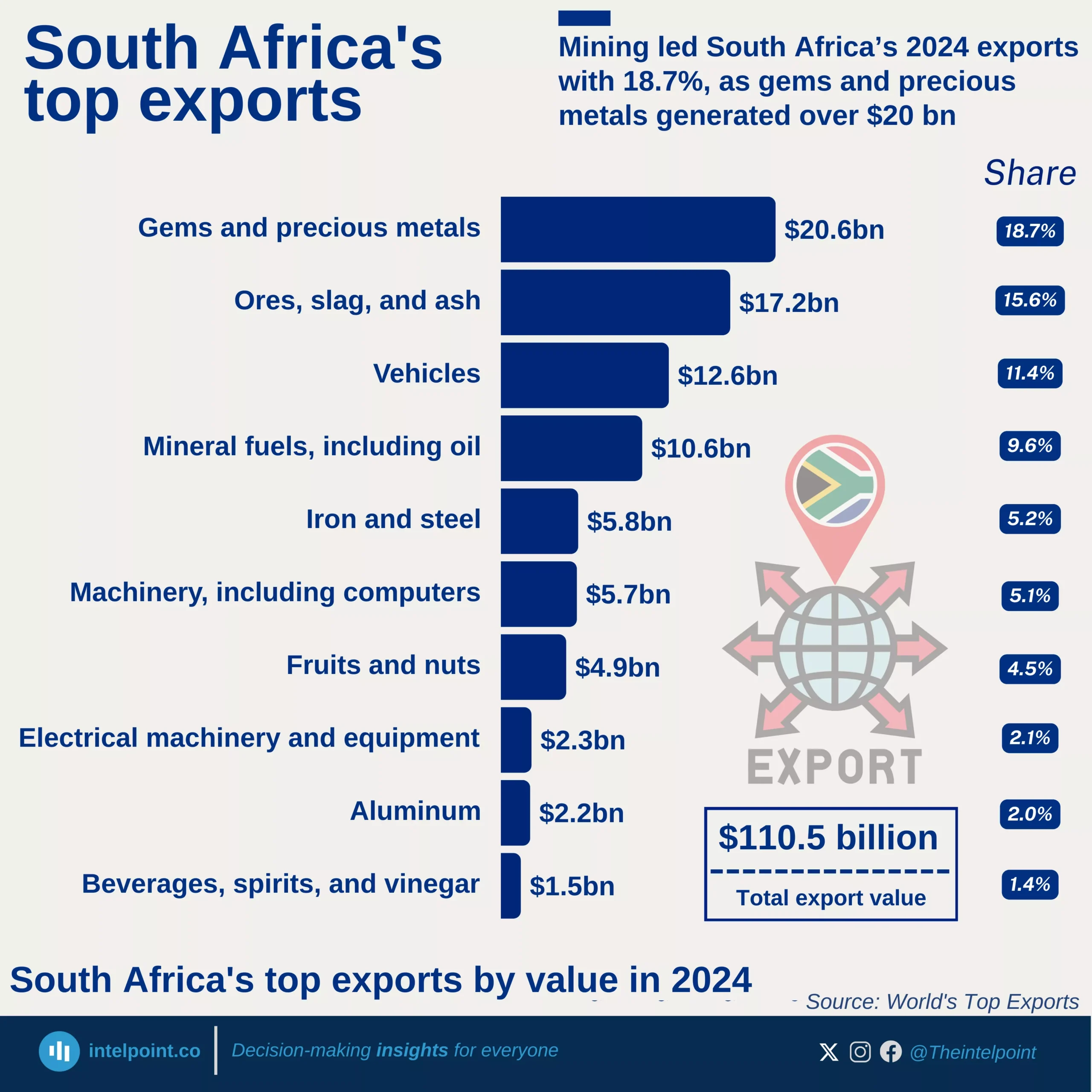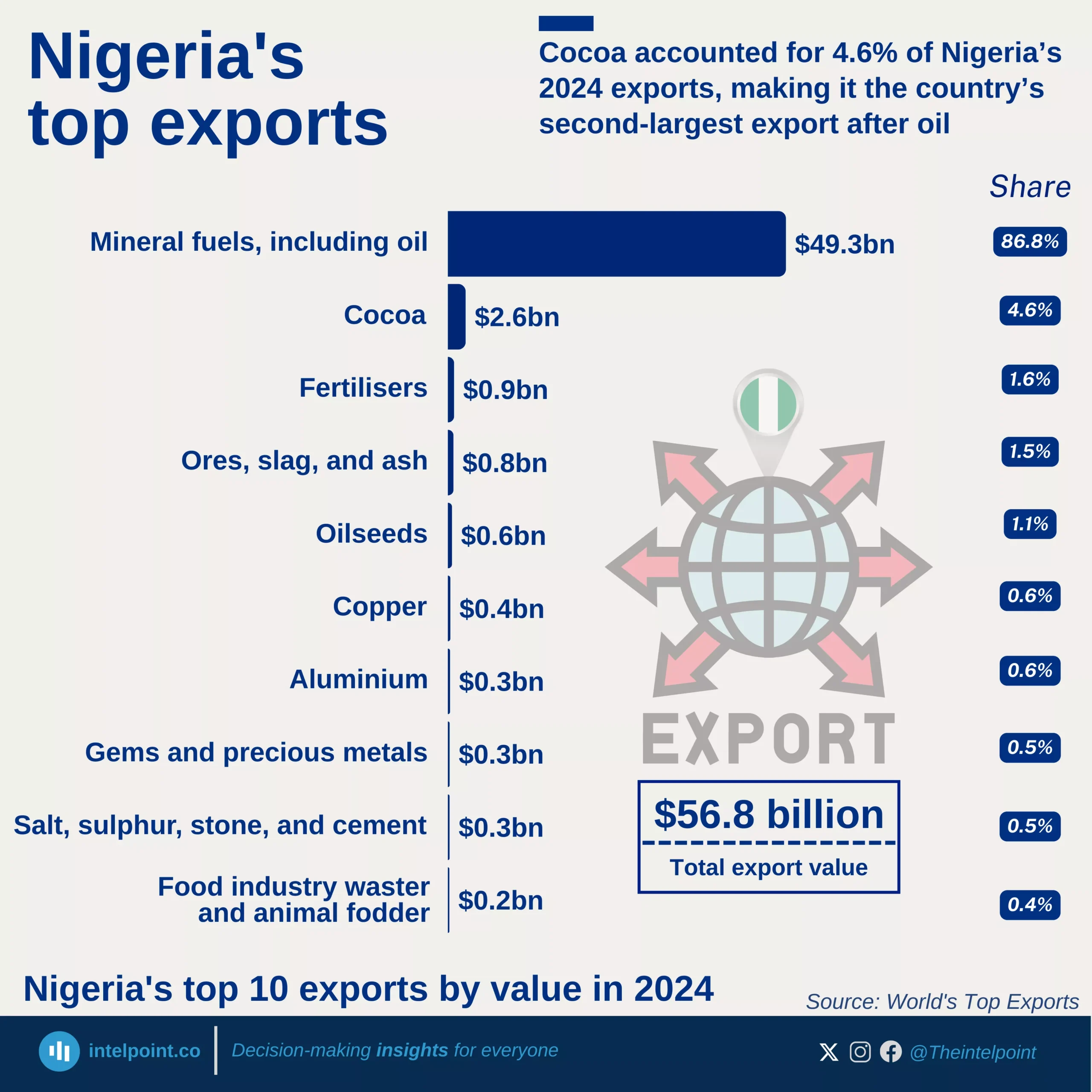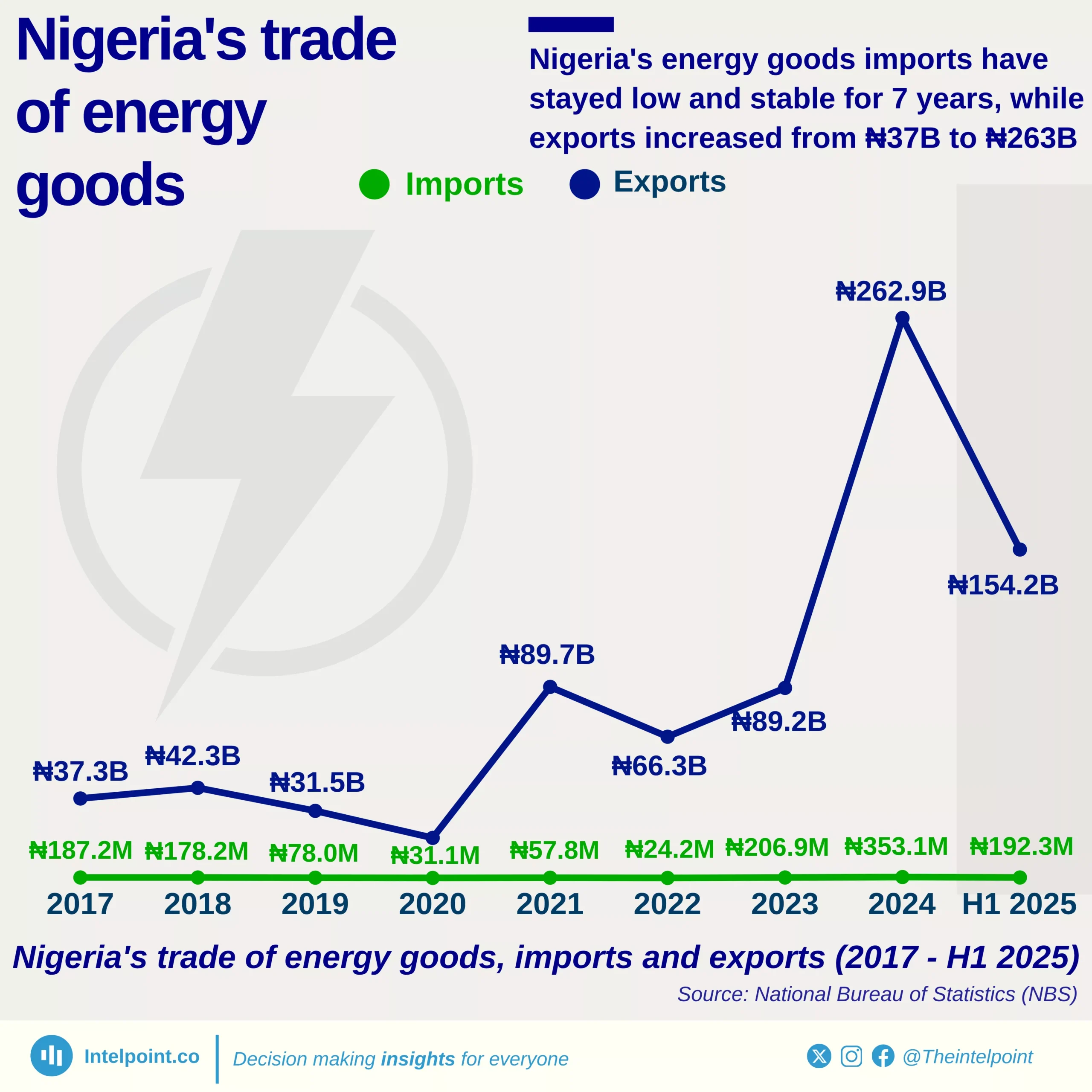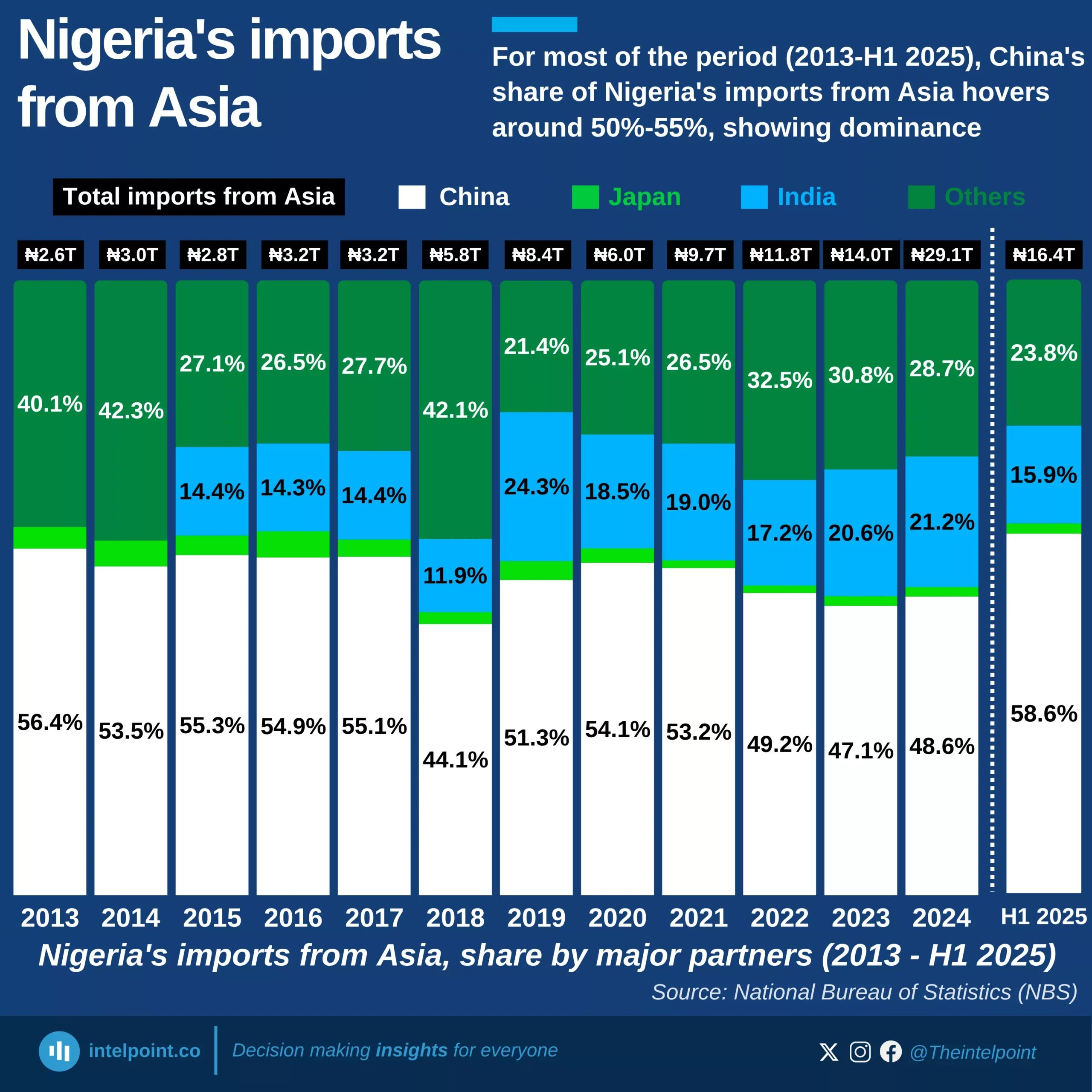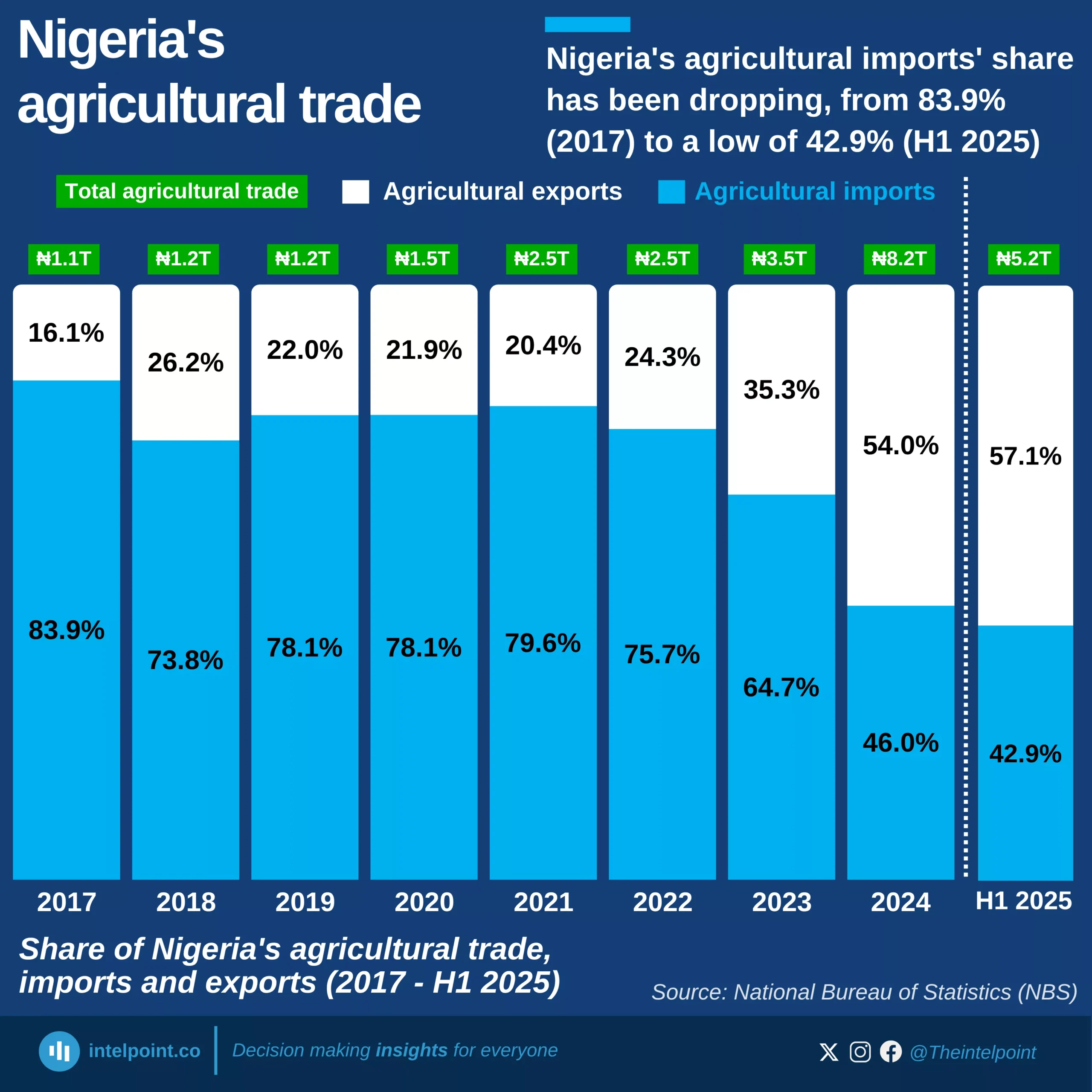In Q1 2025, Nigeria continued its strong trade momentum with a total nominal trade volume of ₦36 trillion. Exports rose slightly to a new peak of ₦20.6 trillion, while imports declined quarter-on-quarter to ₦15.4 trillion. The result was a solid ₦5.17 trillion surplus, the second-highest on record. This marks the sixth consecutive quarter of surplus since Nigeria flipped to a positive trade balance in mid-2023.
However, with inflation still elevated, the real value of trade may be growing more slowly than these nominal figures suggest.
